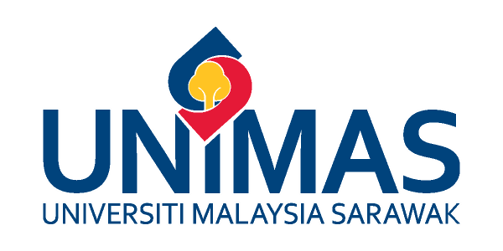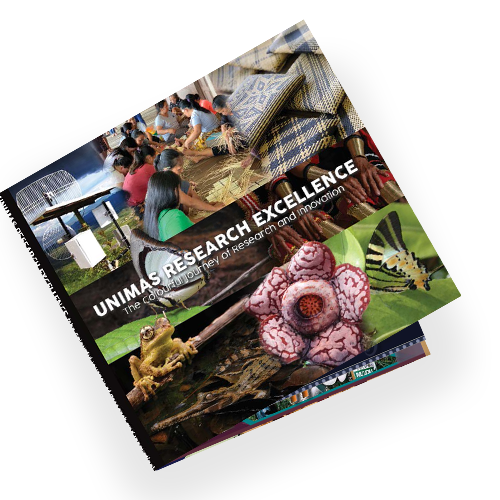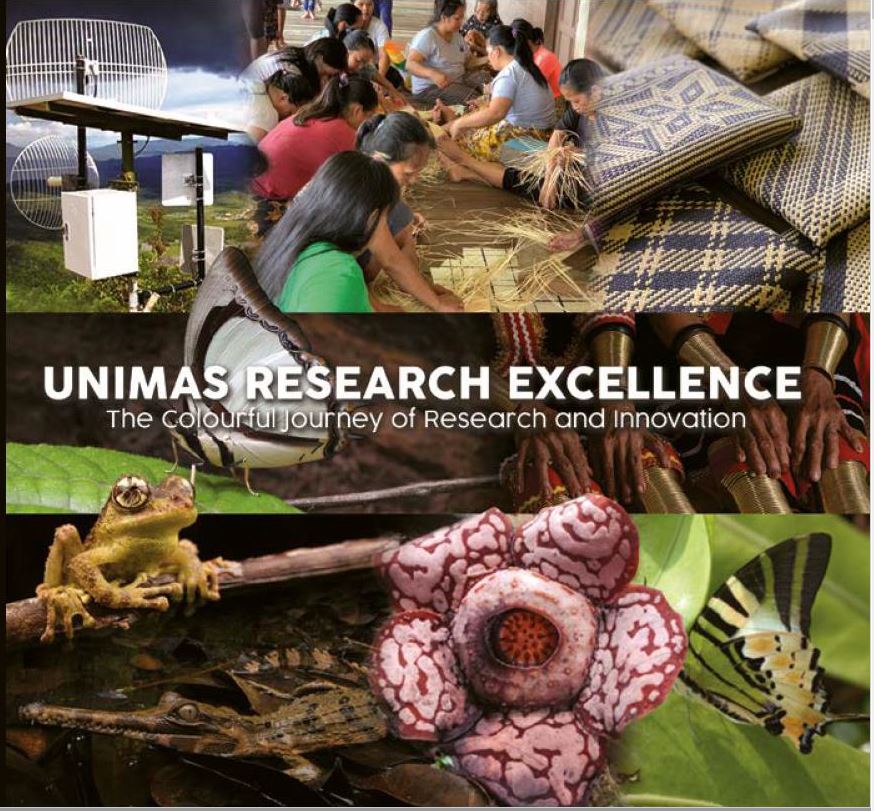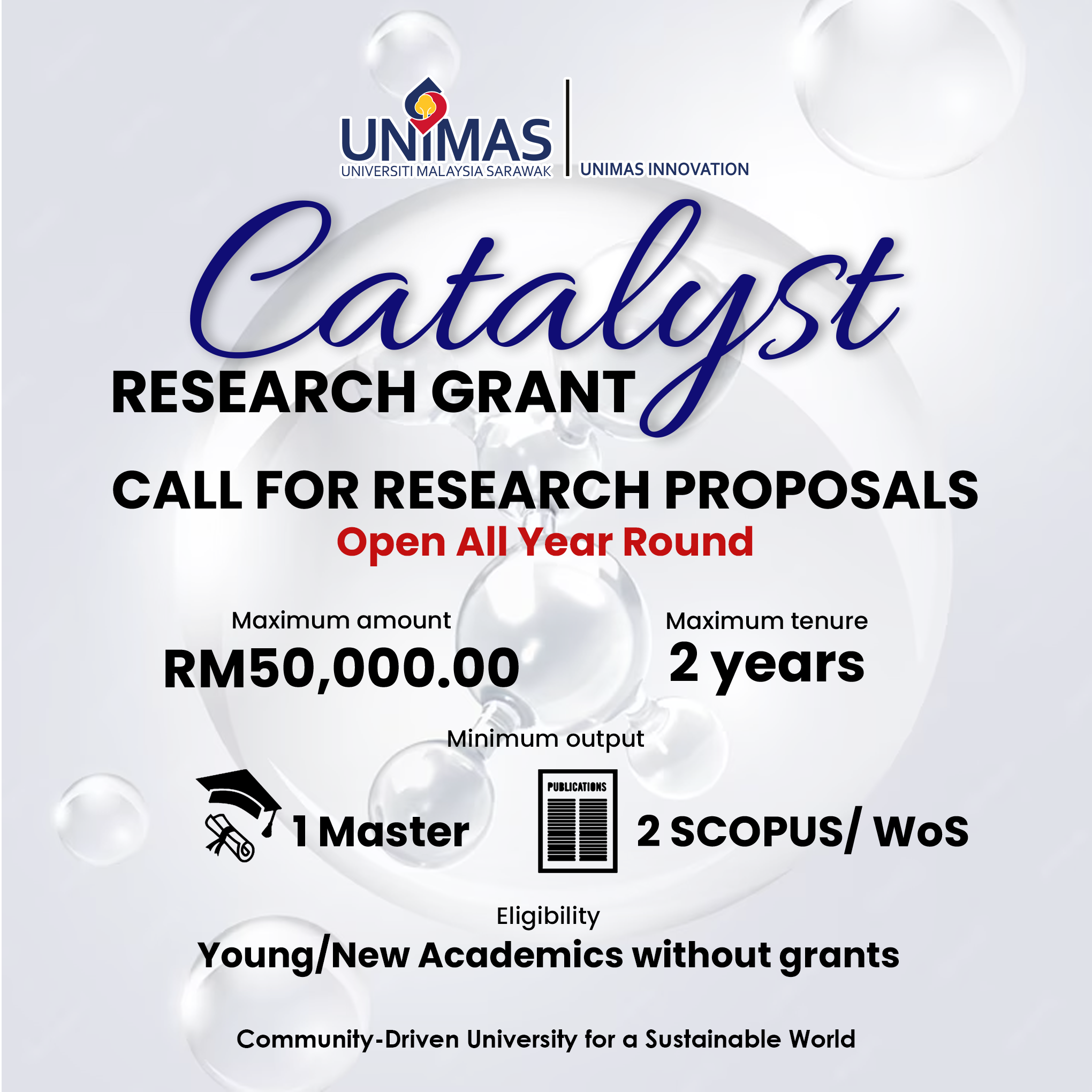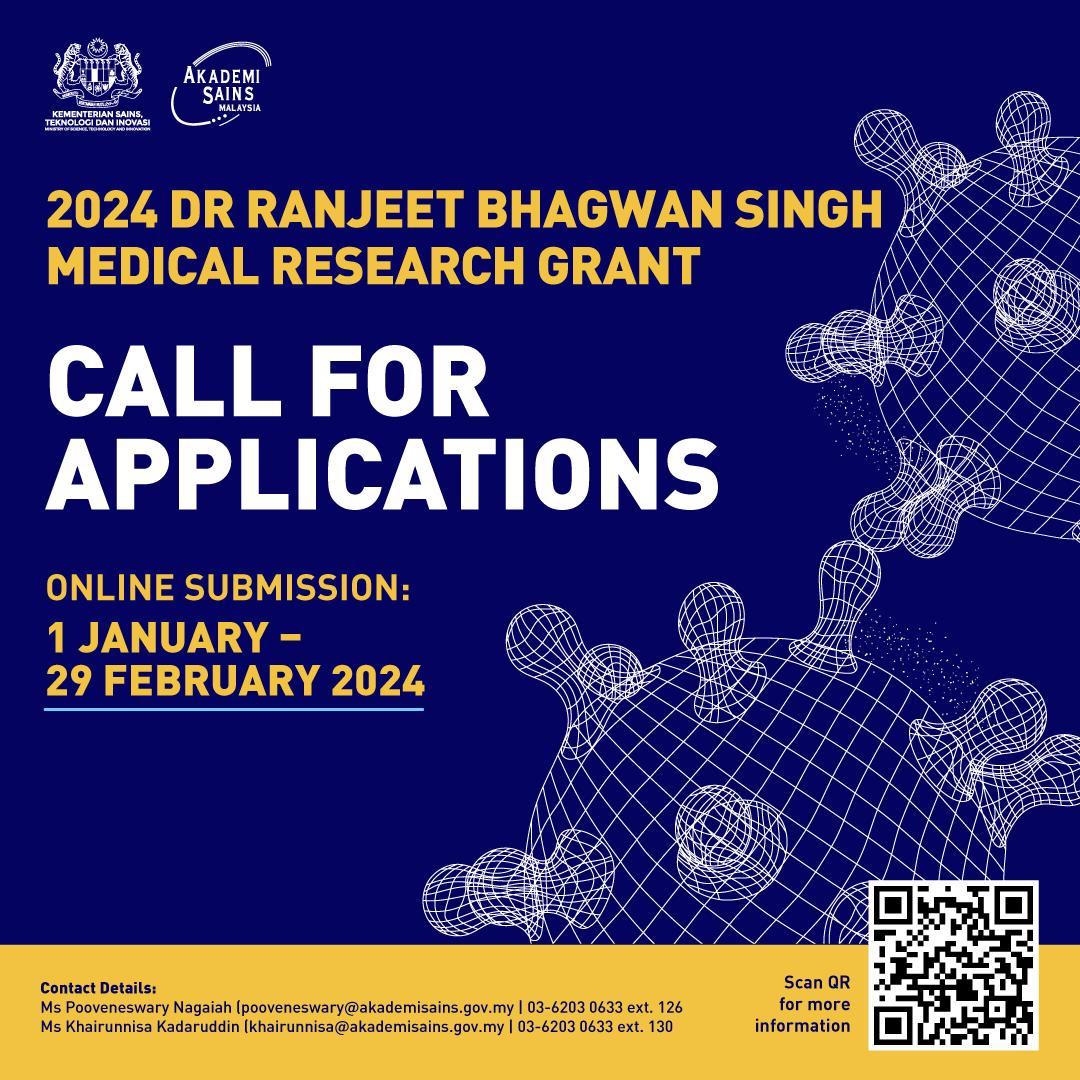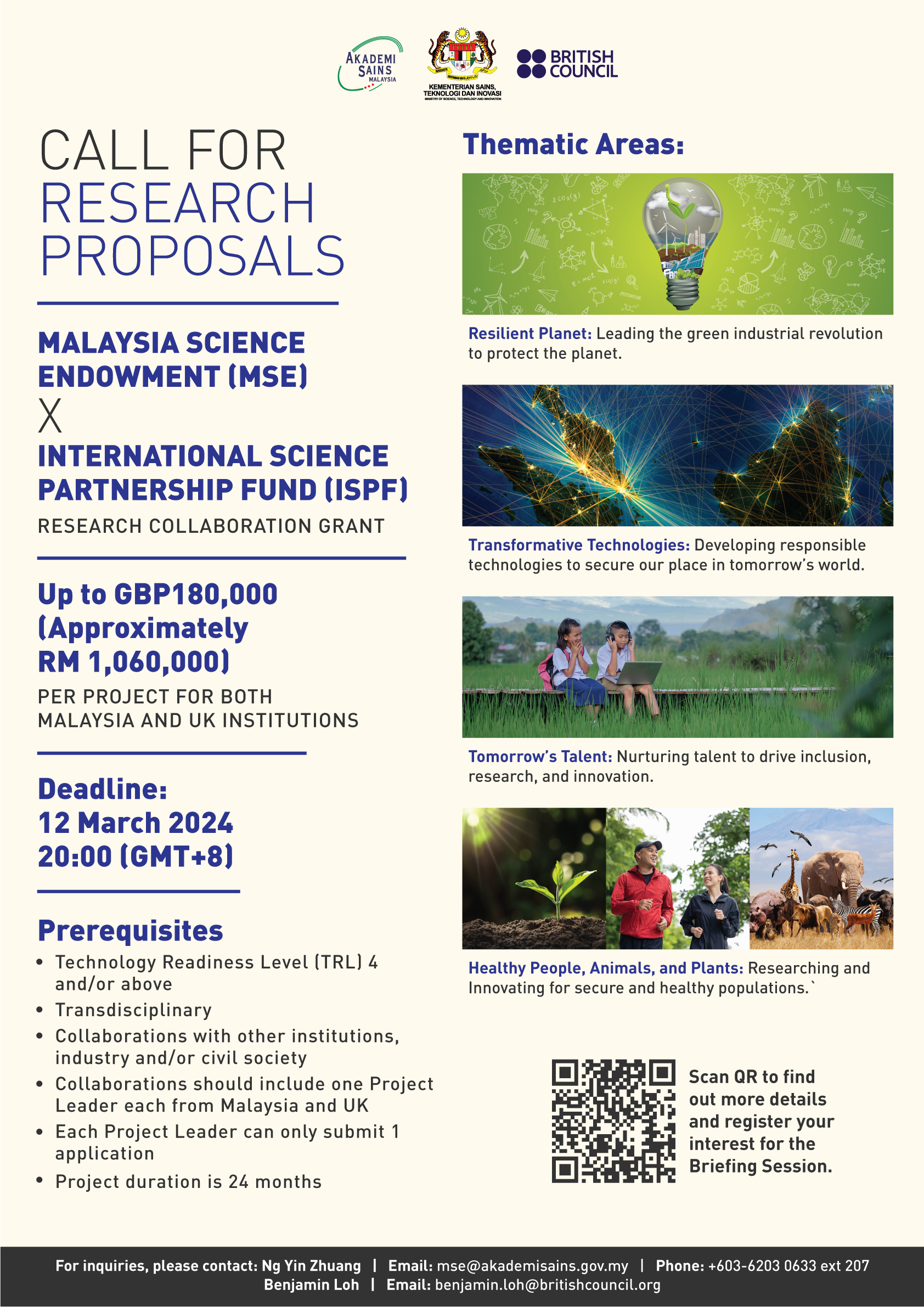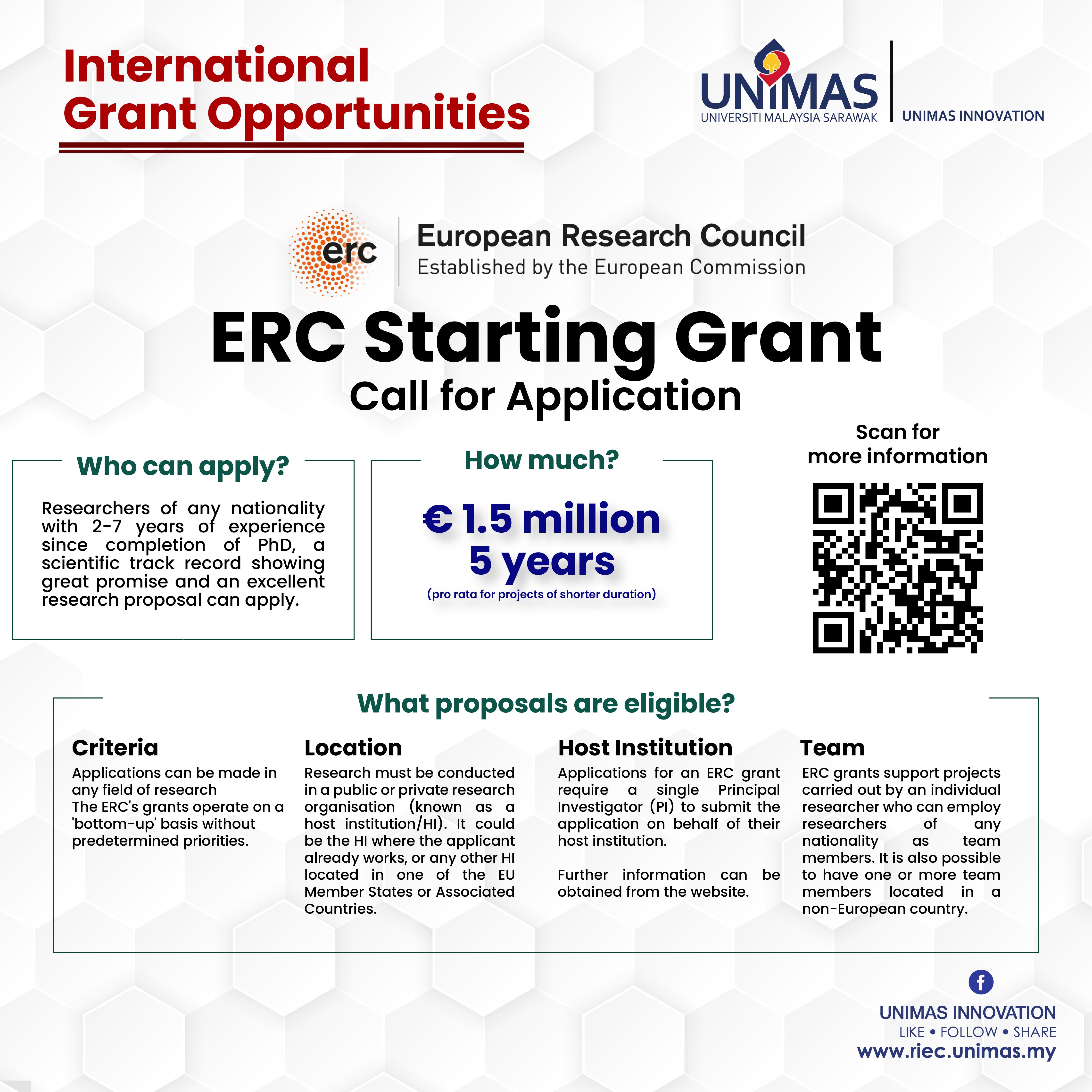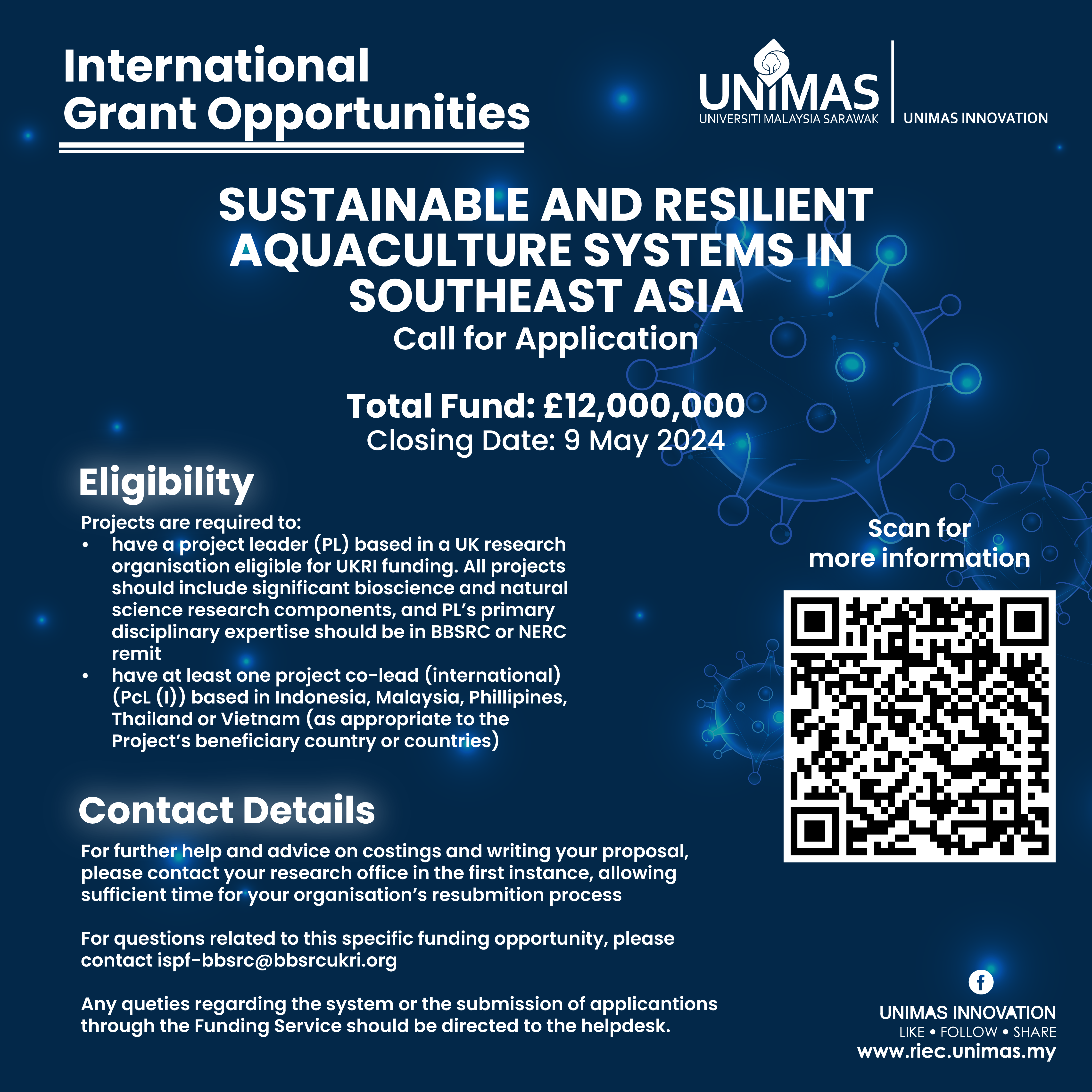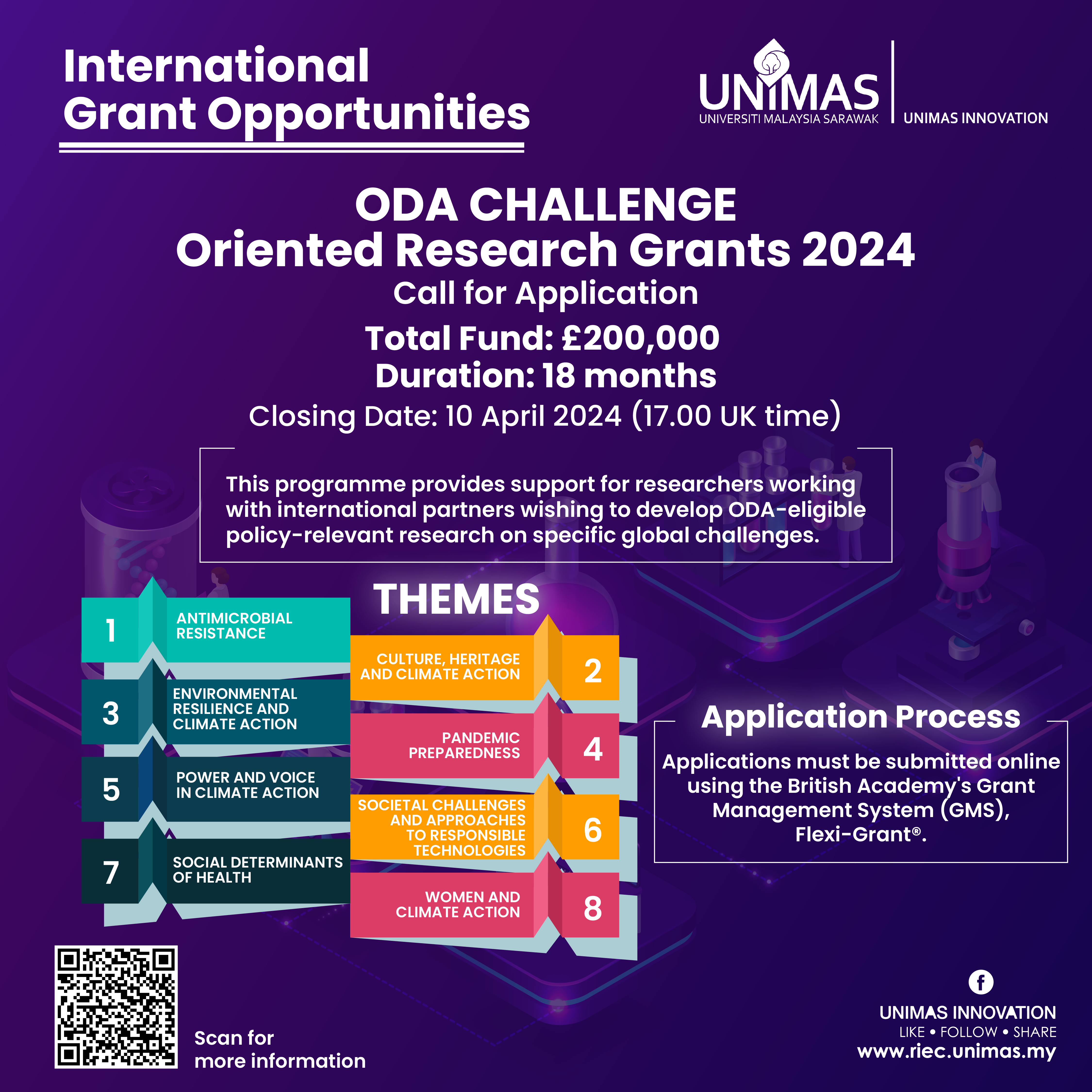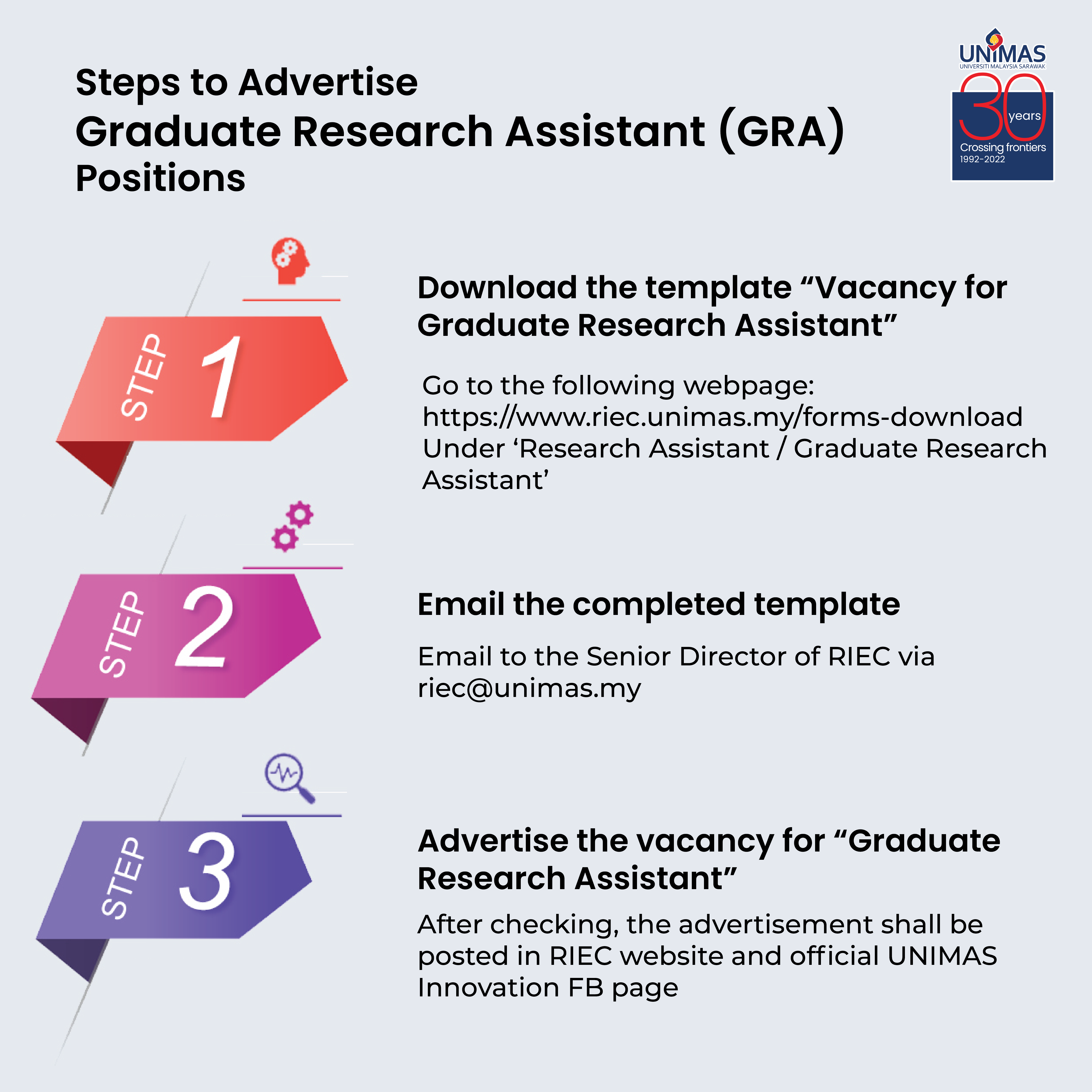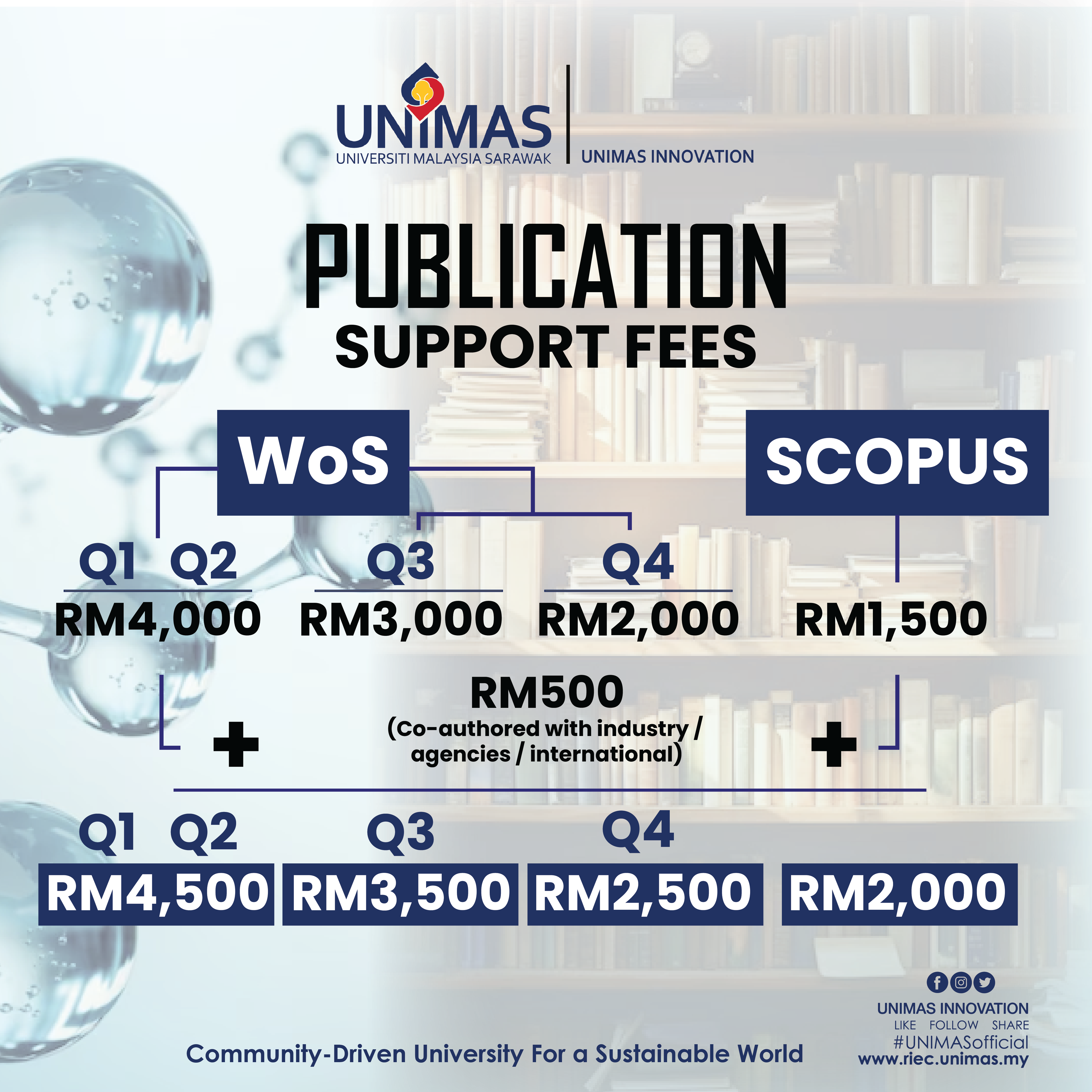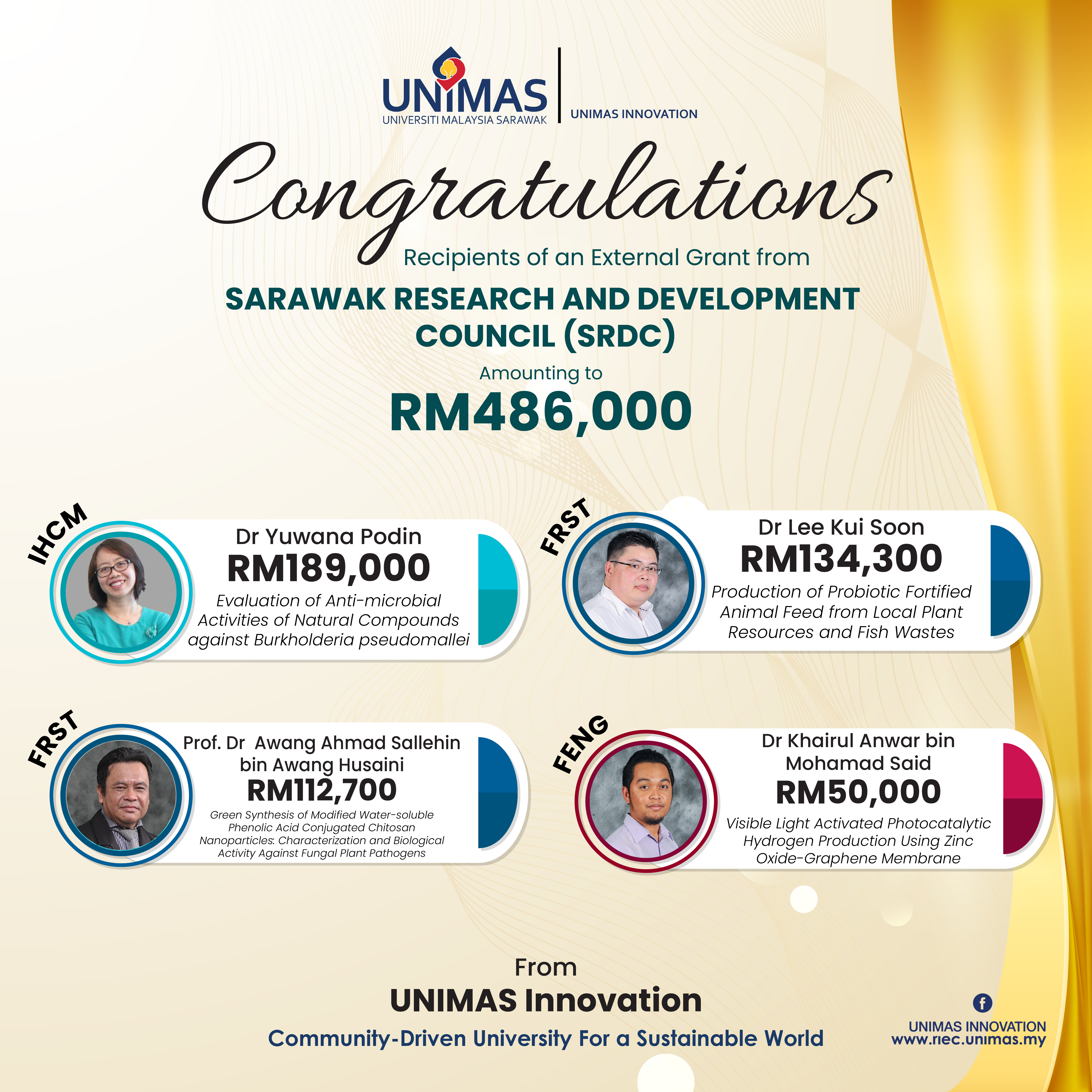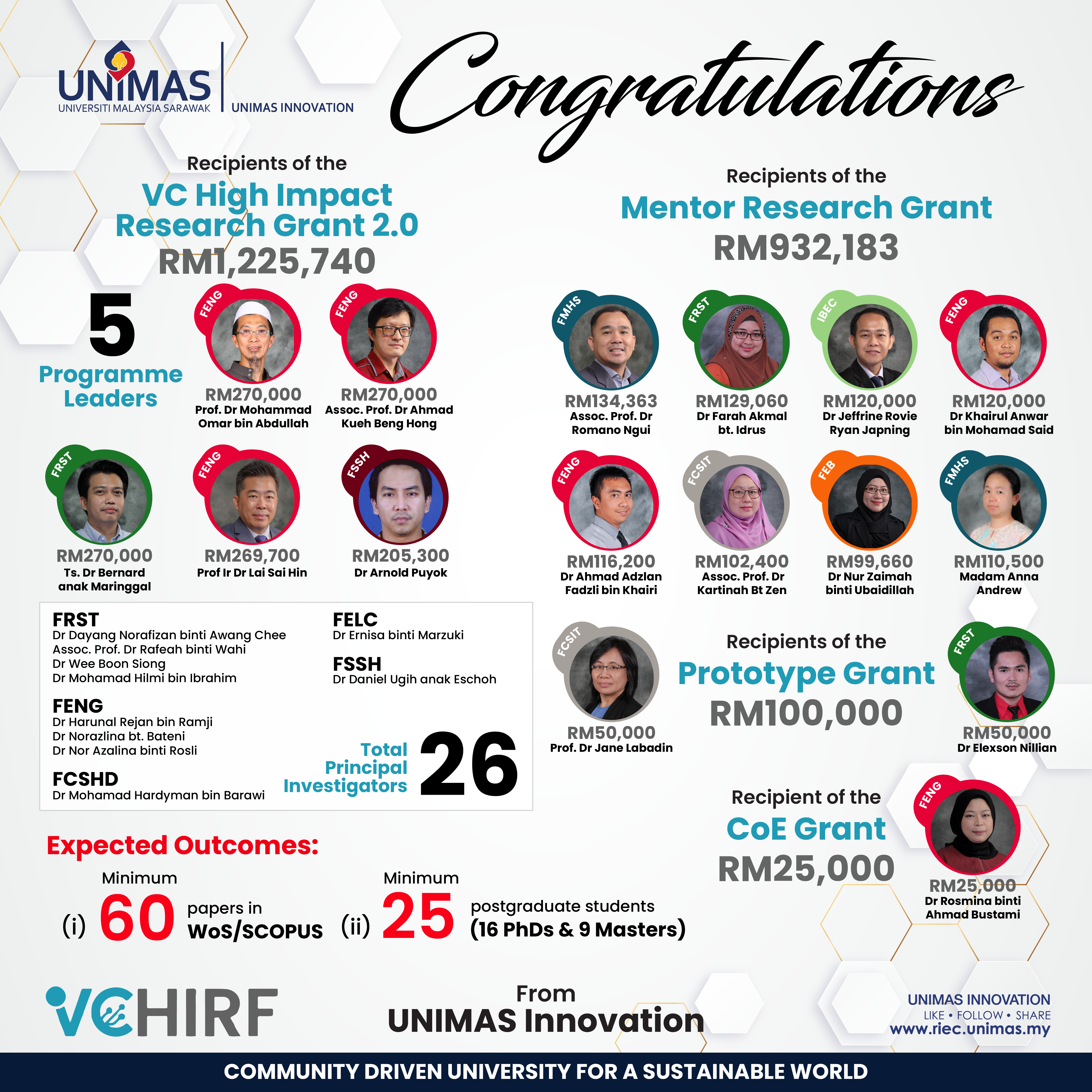
Welcome to UNIMAS Innovation
DiscoverResearch ExcellenceInnovationCommercialisation
The Book also highlights the efforts and teamwork by UNIMAS researchers in battling COVID-19.
Research Funding and Support
Our Achievements
2023
RM12,874,789.17
RM88,259,753.17
10 projects
601
for year 2023.
Research & Discovery
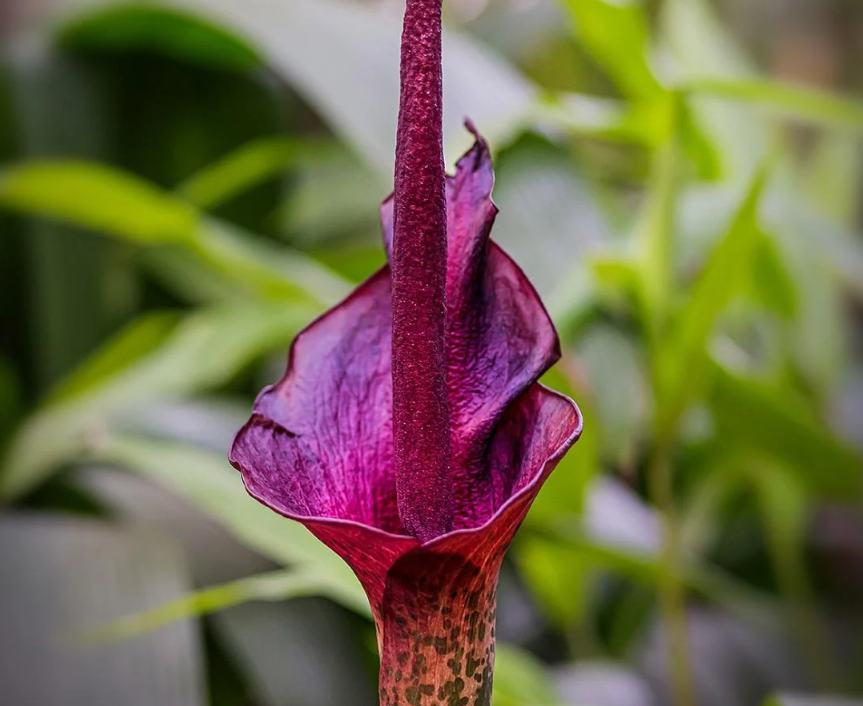
The Amorphophallus Plants of Borneo
Insights into their diversity will help to understand and protect them and their natural environment
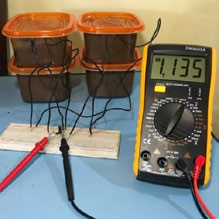
Bacteria Power
Bacteria living on soil and chicken manure could provide low-tech and sustainable green energy
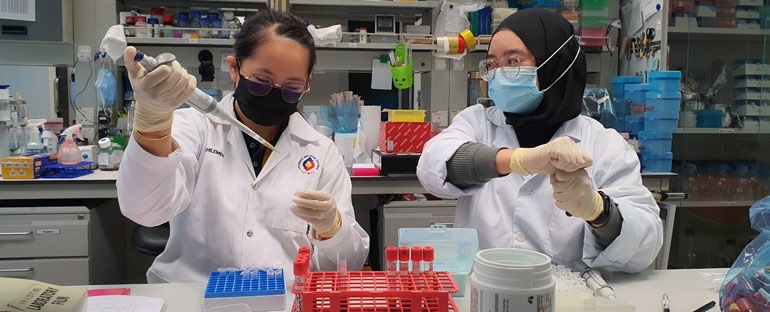
Vaccines and vitamin D: Measuring immune response
Researchers in Sarawak, Malaysia, measured the immunity responses of people who received different COVID-19 vaccines.
The rapid international effort to develop and deploy vaccinations against the SARS-CoV-2 virus has been a saving grace of the pandemic. But it’s not over yet. Scientists now need to understand in detail how our immune systems respond to the different vaccines over time to continue to tweak them and improve their efficacy as the virus changes.
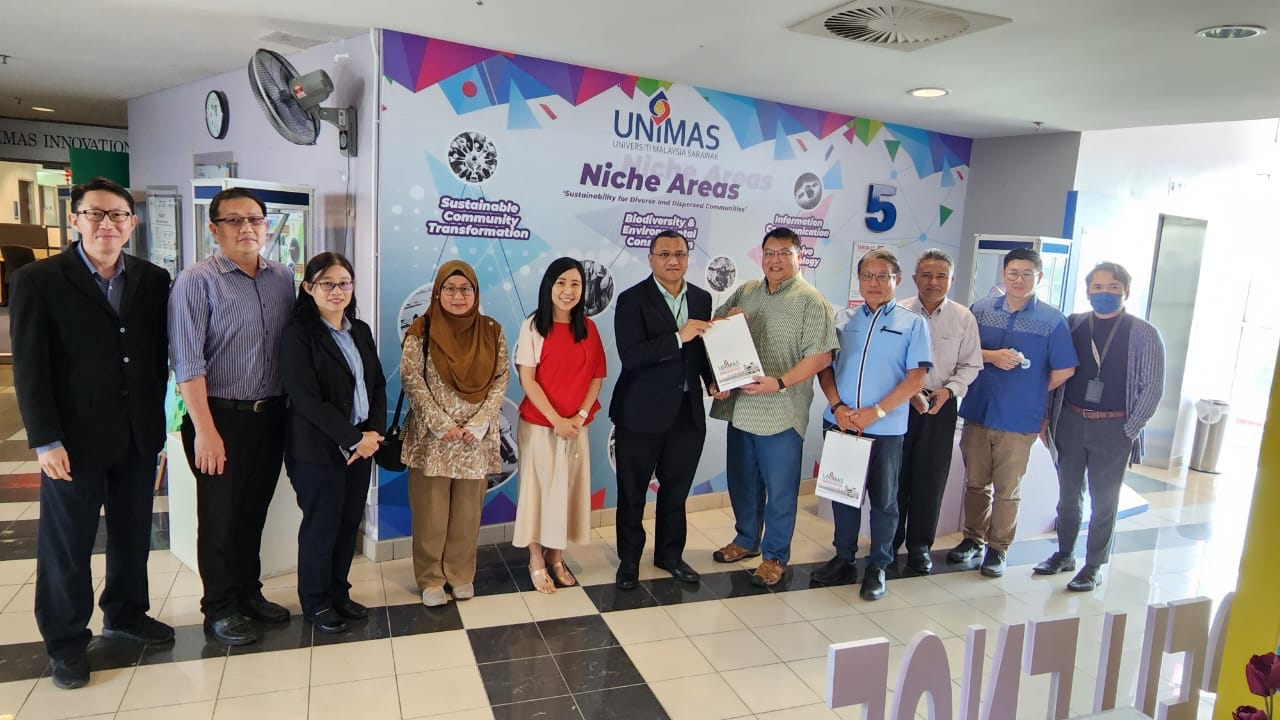
Industrial Collaboration
UNIMAS Innovation welcomed a visit by Mr Thomas Hii and Mr Patrick Song from Kenyalang Farming Services Sdn Bhd, a local company that specialises on aquaculture and fisheries.
It was an engaging discussion on IoT and aquaculture and we look forward to a partnership with new industry player i.e., Kenyalang Farming Services Sdn Bhd. We hope this will result in industry grants and possible commercialisation. Food security is one of the important agenda of Sarawak Government.
In presence during the meeting were YBhg Prof Wan Hashim, AP Dr Samsur Mohamad, AP Dr Kartinah Zen, Prof Dr Wang Yin Chai, AP Dr Sim Siong Fong, and researchers from faculties.
